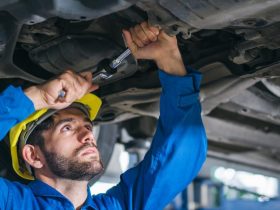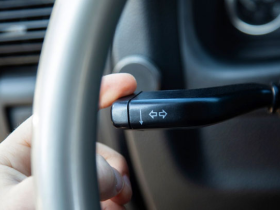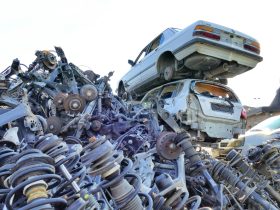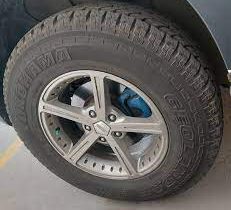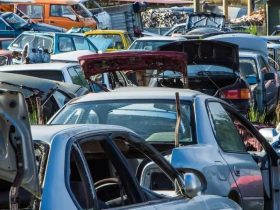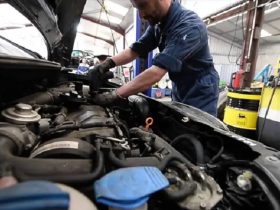Vehicle breakdown singapore incidents have reached unprecedented levels in recent years, a phenomenon that reflects not just the aging of our national vehicle fleet, but the complex interplay of tropical climate, urban density, and changing mobility patterns that define modern life in this island nation. What emerges from examining breakdown statistics is a portrait of a city grappling with the hidden costs of automotive dependence, where the very infrastructure that enables prosperity also creates new forms of vulnerability.
The Climate Factor in Automotive Failures
Singapore’s equatorial climate presents unique challenges for vehicle reliability that many drivers fail to fully appreciate. The constant heat and humidity create an environment where automotive components face accelerated deterioration, particularly affecting electrical systems, rubber components, and cooling mechanisms.
Breakdowns in Singapore occur with predictable seasonal patterns. The monsoon months bring increased incidents related to water ingress and electrical failures, whilst the hotter dry periods see higher rates of overheating and battery failures. This climatic reality means that vehicles require more frequent maintenance than in temperate climates, yet many drivers continue following maintenance schedules designed for different environmental conditions.
Research indicates that Singapore’s tropical conditions can reduce battery life by up to 30 percent compared to temperate climates. Similarly, rubber components like belts, hoses, and seals deteriorate faster under constant heat exposure, leading to sudden failures that catch drivers unprepared.
Urban Infrastructure and Mechanical Stress
The stop and go traffic patterns characteristic of dense urban environments place particular stress on vehicle systems. Singapore’s road network, despite its efficiency, creates driving conditions that accelerate wear on brakes, transmissions, and cooling systems.
Singapore vehicle breakdowns frequently involve components stressed by urban driving patterns:
• Brake system failures from constant stop and go traffic
• Transmission problems from prolonged idling and gear changes
• Cooling system failures from insufficient airflow during traffic jams
• Electrical issues from frequent accessory use whilst stationary
• Tyre problems from frequent parking and manoeuvring in tight spaces
The phenomenon becomes particularly pronounced during peak hours, when ambient temperatures combine with traffic congestion to create optimal conditions for mechanical failures. Air conditioning systems work overtime, engines run hotter, and electrical systems face maximum demand precisely when replacement parts and service assistance are most difficult to obtain.
The Aging Fleet Problem
Singapore’s vehicle ownership policies, whilst successful in managing traffic congestion, have created unintended consequences for breakdown rates. The Certificate of Entitlement system, combined with high vehicle costs, encourages drivers to maintain older vehicles longer than they might in other markets.
“Singapore’s unique automotive policy environment has resulted in an aging vehicle fleet, with many cars operating well beyond their optimal reliability period,” according to automotive industry analysis. This aging manifests in higher breakdown rates as vehicles approach the end of their economic useful life.
The average age of Singapore’s vehicle fleet has gradually increased, bringing with it predictable increases in mechanical failures. Components that typically last eight to ten years in temperate climates may require replacement after six to seven years in Singapore’s conditions, yet many vehicles continue operating with original parts well beyond these timeframes.
Economic Pressures and Deferred Maintenance
The high cost of vehicle ownership in Singapore creates economic pressures that often result in deferred maintenance. Faced with expensive repairs, some drivers postpone recommended services, creating cascading effects that ultimately lead to roadside failures.
Singapore’s vehicle breakdown patterns reveal clear correlations between economic pressures and mechanical failures. Lower income drivers, facing competing financial priorities, may delay brake pad replacements, tyre changes, or cooling system services that prevent catastrophic failures.
This economic dimension adds social complexity to breakdown incidents. The drivers least able to afford emergency towing and repair services often operate vehicles most likely to experience sudden failures, creating situations where automotive emergencies become financial crises.
Technology and Diagnostic Complexity
Modern vehicles incorporate increasingly sophisticated electronic systems that, whilst improving efficiency and safety, also create new categories of potential failures. Singapore’s high tech automotive market means many vehicles contain complex systems that require specialised diagnostic equipment and expertise.
Vehicle breakdowns Singapore mechanics encounter increasingly involve:
• Engine management system failures requiring computer diagnosis
• Complex transmission control problems
• Advanced safety system malfunctions
• Hybrid and electric vehicle specific issues
• Integrated infotainment and navigation system problems
These technological advances mean that roadside repairs have become more difficult, with many problems requiring towing to facilities equipped with appropriate diagnostic equipment rather than simple field repairs.
Emergency Response and Infrastructure
Singapore’s compact geography provides both advantages and challenges for breakdown response. Short distances mean help can arrive quickly, but dense traffic and limited road space can complicate recovery operations.
The integrated nature of Singapore’s transportation network means that vehicle breakdowns can have disproportionate impacts on traffic flow, creating pressure for rapid response that sometimes conflicts with thorough problem diagnosis and repair.
Looking Forward
Understanding breakdown patterns provides insights into broader questions about urban mobility and automotive sustainability. As Singapore transitions toward electric vehicles and smart transportation systems, the nature of breakdown incidents will inevitably change, but the fundamental challenges of maintaining reliable transportation in a demanding urban environment will persist.
The rising frequency of incidents reflects deeper questions about how we balance automotive dependence with infrastructure limitations and environmental constraints. Each breakdown represents not just individual inconvenience, but a small indicator of the systemic pressures facing modern urban transportation networks, making reliable emergency response services an essential component of managing vehicle breakdown singapore challenges.



